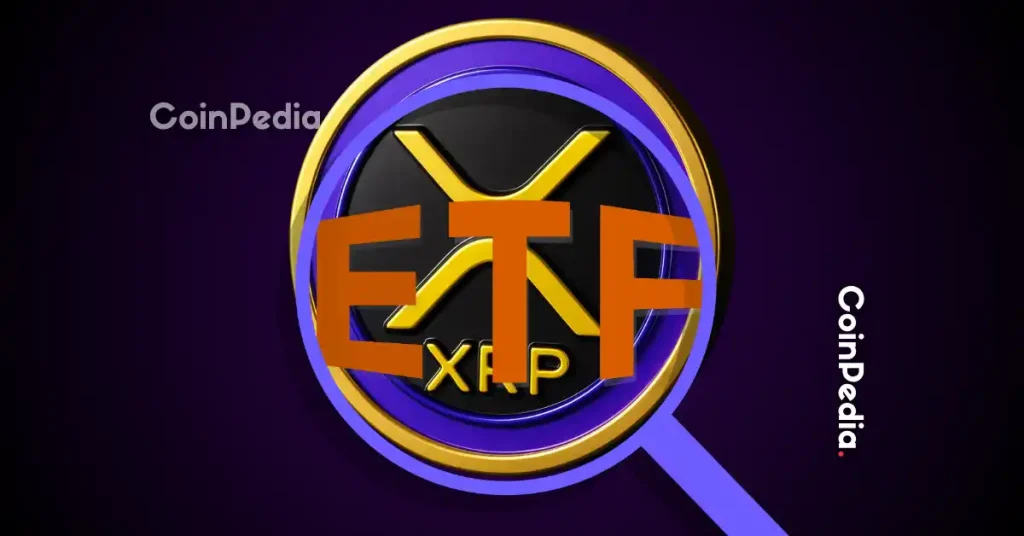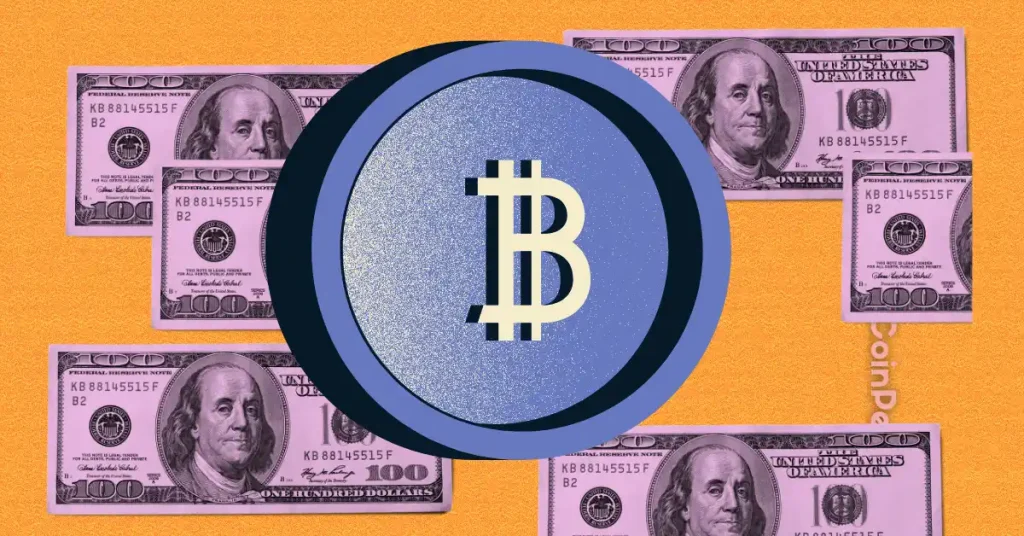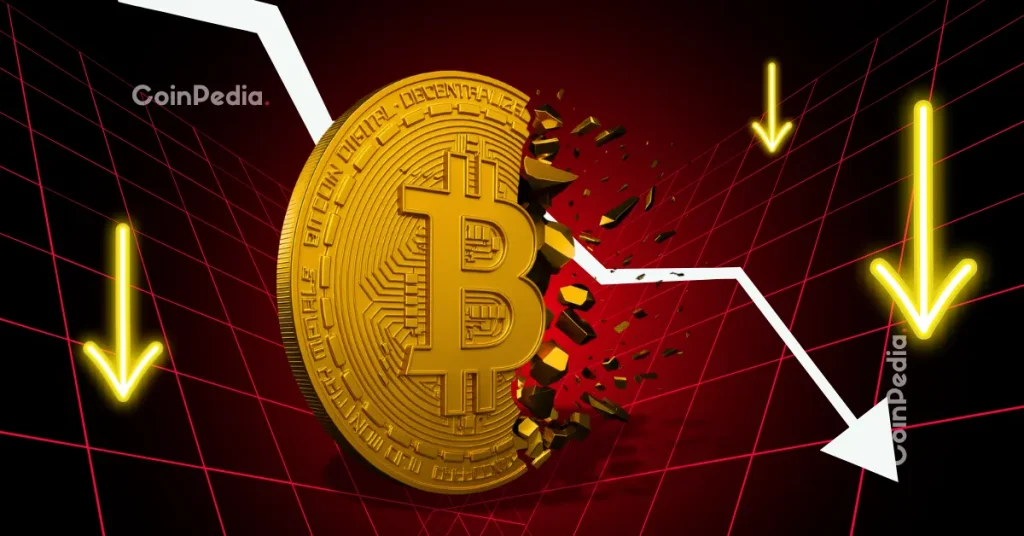Stablecoins have evolved from niche digital assets into a central pillar of the global crypto ecosystem. Designed to maintain price stability, they bridge traditional finance and decentralized markets, powering everything from DeFi transactions to cross-border payments. However, their growth has drawn increasing regulatory attention.
In 2025, new stablecoin policy changes are reshaping how issuers operate, how exchanges list assets, and how users interact with digital dollars. From the United States to the European Union and Asia, global authorities are tightening frameworks to ensure transparency, protect consumers, and reduce systemic risk.
Here’s a breakdown of the most significant stablecoin regulatory developments to watch this year, and what they mean for traders, investors, and institutions.
1. The U.S. Stablecoin Clarity Act: Defining the Rules
After years of debate, the United States made significant progress with the Stablecoin Clarity Act of 2025, which finally established national-level licensing standards for issuers. The law requires stablecoin companies to maintain 1:1 reserves held in verifiable, liquid assets such as U.S. Treasury bills and insured bank deposits.
This shift is monumental. Previously, issuers such as Tether (USDT ($1.00)) faced scrutiny for opaque reserve disclosures. Now, stablecoin operators must submit monthly attestations and undergo quarterly audits, providing unprecedented transparency.
The act also separates payment stablecoins from algorithmic tokens, banning algorithmic designs that rely on volatile collateral without adequate backing. This move directly affects experimental projects that previously blurred the lines between DeFi innovation and financial risk.
As a result, compliant stablecoins such as USDC ($1.00), PYUSD ($1.00), and FDUSD ($1.00) are gaining greater market traction, while unregulated alternatives may face delistings from U.S.-based exchanges.
2. The European Union’s MiCA Enforcement
Europe’s Markets in Crypto-Assets (MiCA) framework became fully enforceable this year, setting strict rules for stablecoin issuers across the bloc. MiCA categorizes stablecoins as either asset-referenced tokens (ARTs) or e-money tokens (EMTs), each with unique reserve and reporting requirements.
Issuers must now obtain authorization from the European Banking Authority (EBA) and ensure full redemption rights for users. This means a European resident holding a euro-pegged stablecoin can redeem it instantly for fiat at any time.
MiCA also caps the daily transaction volume of non-euro stablecoins within the EU, aiming to protect monetary sovereignty. For example, USD-based tokens like USDT or USDC cannot exceed 1 million transactions per day without additional oversight.
These policies have prompted major issuers to open European subsidiaries and apply for MiCA compliance, signalling a new era of legitimacy and consumer protection.
Read more: Top Platforms for Monitoring Global Crypto Compliance Updates
3. Asia’s Divergent Approaches: Japan, Singapore, and Hong Kong
Asia remains a complex regulatory region for stablecoins, with each country adopting a distinct strategy.
Japan introduced a clear licensing framework under the Revised Payment Services Act, which permits only banks and licensed trust companies to issue stablecoins. This ensures that every yen-backed digital asset is fully collateralized and protected under Japanese financial law.
Singapore, through its Monetary Authority (MAS), continues to lead in balanced regulation. It allows both centralized and algorithmic stablecoins to operate, but enforces stringent reserve disclosure rules. Issuers must publish detailed monthly reserve breakdowns and use approved custodians for asset storage.
Meanwhile, Hong Kong’s 2025 Stablecoin Issuance and Custody Guidelines set high standards for capital adequacy and governance. These policies aim to attract institutional players and fintech startups seeking regulatory certainty in Asia’s rapidly growing Web3 sector.
Together, these regions are shaping Asia as a hub for compliant stablecoin innovation.
4. The Rise of Central Bank-Linked Stablecoins
As private stablecoins gain adoption, governments are responding with central bank-linked alternatives that blend stablecoin functionality with national oversight.
In 2025, several major economies, including the U.K., UAE, and Australia, have advanced pilot programs for regulated stablecoins pegged to their currencies. Unlike central bank digital currencies (CBDCs), these stablecoins are issued by licensed private institutions under close government supervision.
This hybrid model appeals to businesses seeking blockchain efficiency without complete centralization. It also provides an alternative to CBDCs, which often face privacy and scalability concerns.
For example, the U.K.’s Digital Pound Initiative allows authorized firms to issue pound-pegged tokens directly under the Bank of England’s supervision. Similar models are being tested in the UAE, where stablecoins are facilitating cross-border settlements with Asia and Europe.
5. Algorithmic Stablecoins Face Renewed Scrutiny
The failures of TerraUSD (UST) in 2022 continue to influence regulatory decisions. In 2025, global regulators have adopted stricter measures against algorithmic stablecoins that rely on dynamic mint-and-burn mechanisms.
Most jurisdictions now require explicit collateralization for any token marketed as “stable.” Non-collateralized or over-leveraged projects face classification as high-risk assets, forcing exchanges to add warnings or delist them entirely.
However, innovation isn’t dead. Developers are experimenting with AI-driven collateral management and multi-asset reserve systems that dynamically adjust exposure to maintain peg stability. While these solutions promise resilience, they still face an uphill battle for regulatory approval.
Read more:
6. Transparency and Audit Requirements
Transparency is emerging as the universal standard for stablecoins in 2025. Beyond the U.S. and EU, several smaller economies, such as Canada, South Korea, and the UAE, now require on-chain reserve proofs or third-party attestations.
This trend has led to the rise of “Proof-of-Reserves Dashboards,” which allow users to verify collateral holdings in real time. Platforms like Circle, Paxos, and TrueUSD already provide open access to blockchain-based audits that show the exact composition of assets backing each token.
Transparency not only builds investor trust but also helps regulators detect discrepancies early, reducing systemic risks in decentralized finance (DeFi).
7. The Role of AI in Regulatory Compliance
Artificial intelligence is becoming an unexpected ally in navigating compliance. Major issuers and exchanges now use AI-powered monitoring systems to flag suspicious transactions, verify the accuracy of reserve data, and detect potential compliance breaches before they escalate.
AI is also helping regulators automate oversight, scanning thousands of wallet addresses and stablecoin transactions daily to identify patterns linked to fraud or money laundering. This collaboration between technology and governance is helping build a safer, more efficient global stablecoin ecosystem.
8. Implications for Traders and Investors
For traders, stablecoin regulation brings both security and constraints. Tighter laws mean fewer risky projects but also reduced access to unverified tokens.
Institutional investors benefit the most, as more explicit rules create safer onramps for large capital inflows. For example, pension funds and corporate treasuries are now exploring stablecoin-based yield opportunities in regulated DeFi environments.
Retail users should focus on compliant tokens with verified audits, such as USDC, PYUSD, or EURe, and avoid unlicensed or offshore alternatives that may lose access to major exchanges due to enforcement actions.
Stablecoin regulation in 2025 reflects a maturing crypto economy. Policymakers no longer see these assets as threats but as critical components of digital finance, provided they operate transparently and responsibly.
The coming months will determine how quickly global coordination develops between regions like the U.S., EU, and Asia. While the regulatory landscape remains fragmented, one thing is certain: compliance and innovation are no longer opposing forces. The most successful stablecoins of the future will be those that balance both.
FAQs
1. Why are stablecoins receiving more regulatory attention in 2025?
Because they play a key role in global payments and DeFi, regulators want to ensure transparency, consumer protection, and financial stability.
2. What is MiCA, and how does it affect stablecoins?
MiCA is the EU’s crypto regulation framework. It sets strict rules for stablecoin issuance, reserve management, and redemption rights across Europe.
3. Are algorithmic stablecoins banned?
Most jurisdictions haven’t banned them outright but require collateralization and stricter disclosure standards to protect investors.
4. Which stablecoins are most compliant today?
USDC, PYUSD, and FDUSD lead in compliance due to transparent audits, regulated custody, and alignment with new policy frameworks.
5. How do these regulations impact DeFi?
Regulation brings credibility and security but also limits experimentation. However, compliant DeFi platforms are emerging to attract institutional users safely.
The post Stablecoin Policy Changes to Watch Closely in 2025 appeared first on FXcrypto News.

















![Why Crypto Is Down Today [Live] Updates On November 14,2025](https://image.coinpedia.org/wp-content/uploads/2025/11/14122956/Why-Crypto-Is-Down-Today-Live-Updates-On-November-142025-1024x536.webp)





 24h Most Popular
24h Most Popular







 Utilities
Utilities